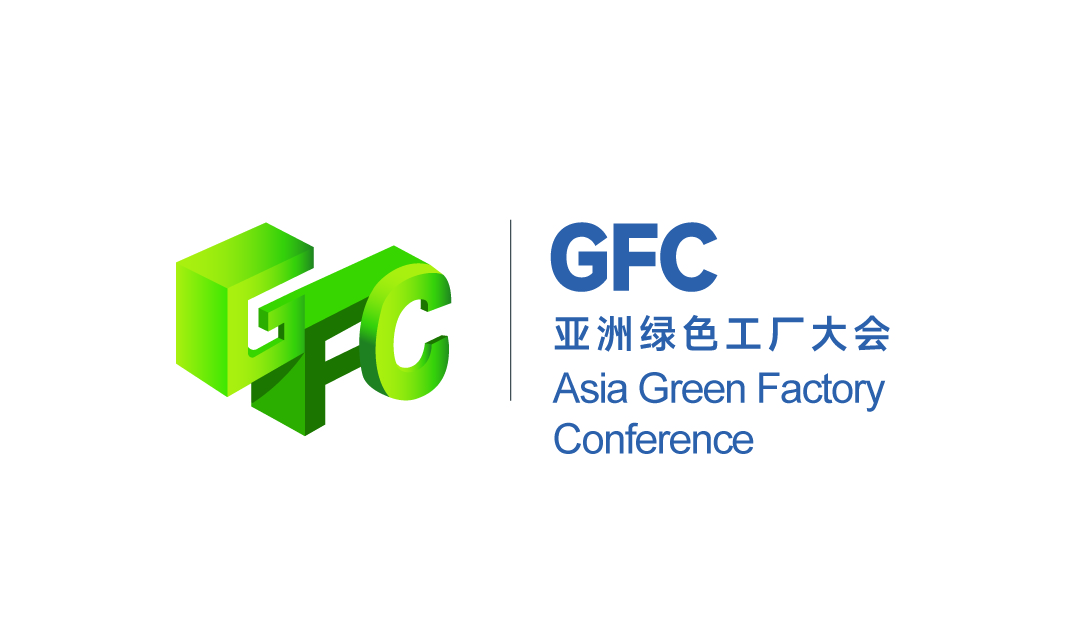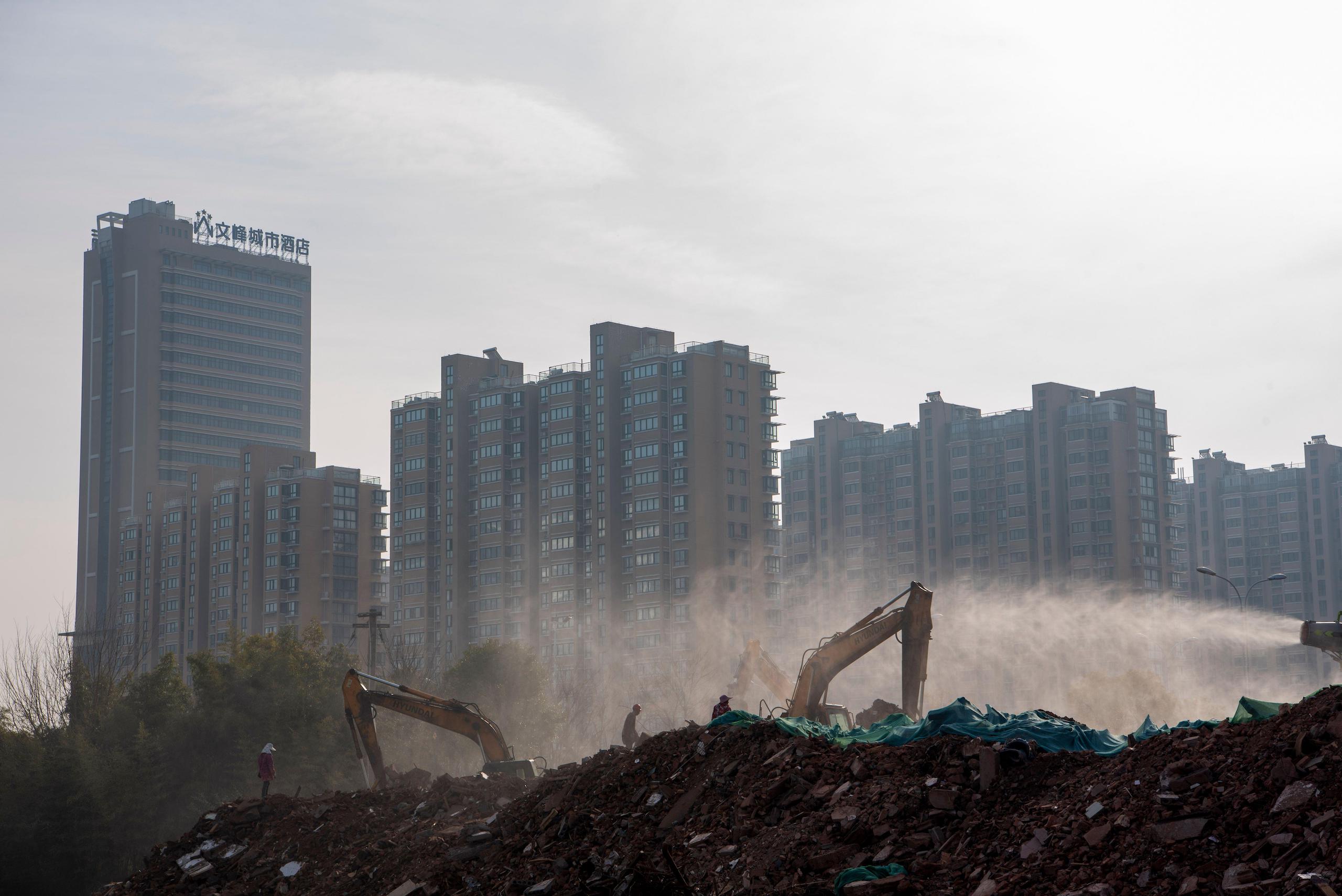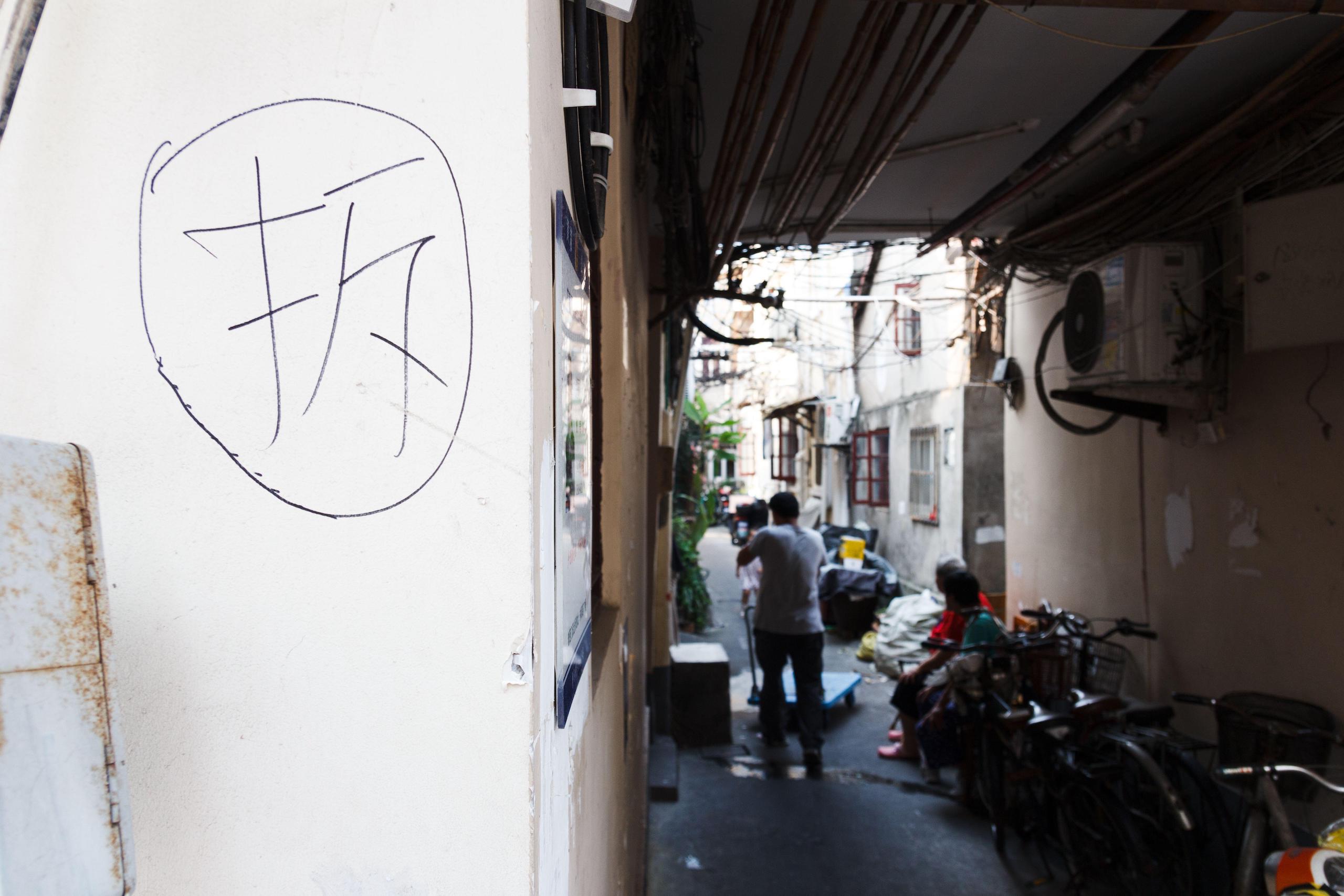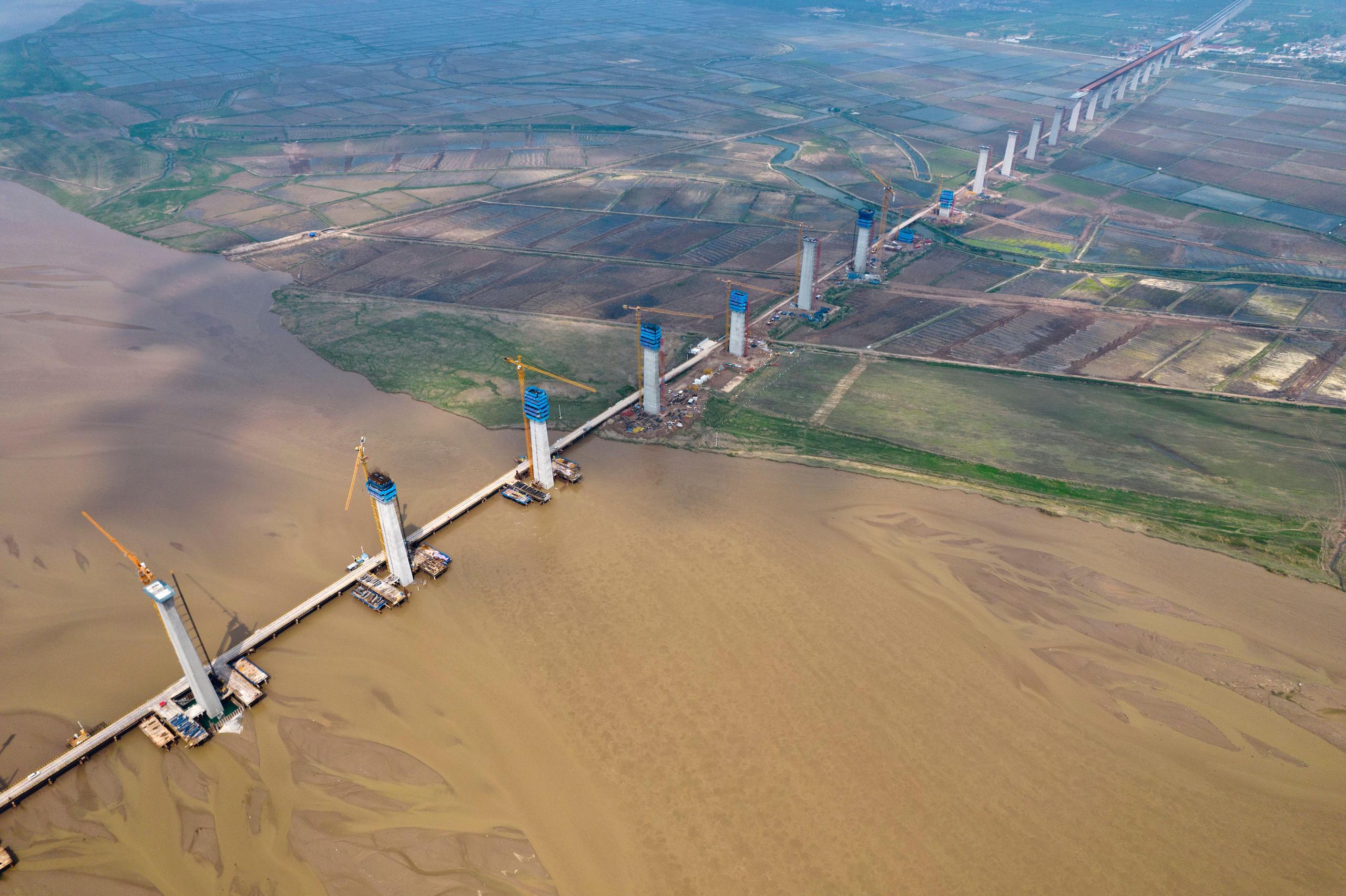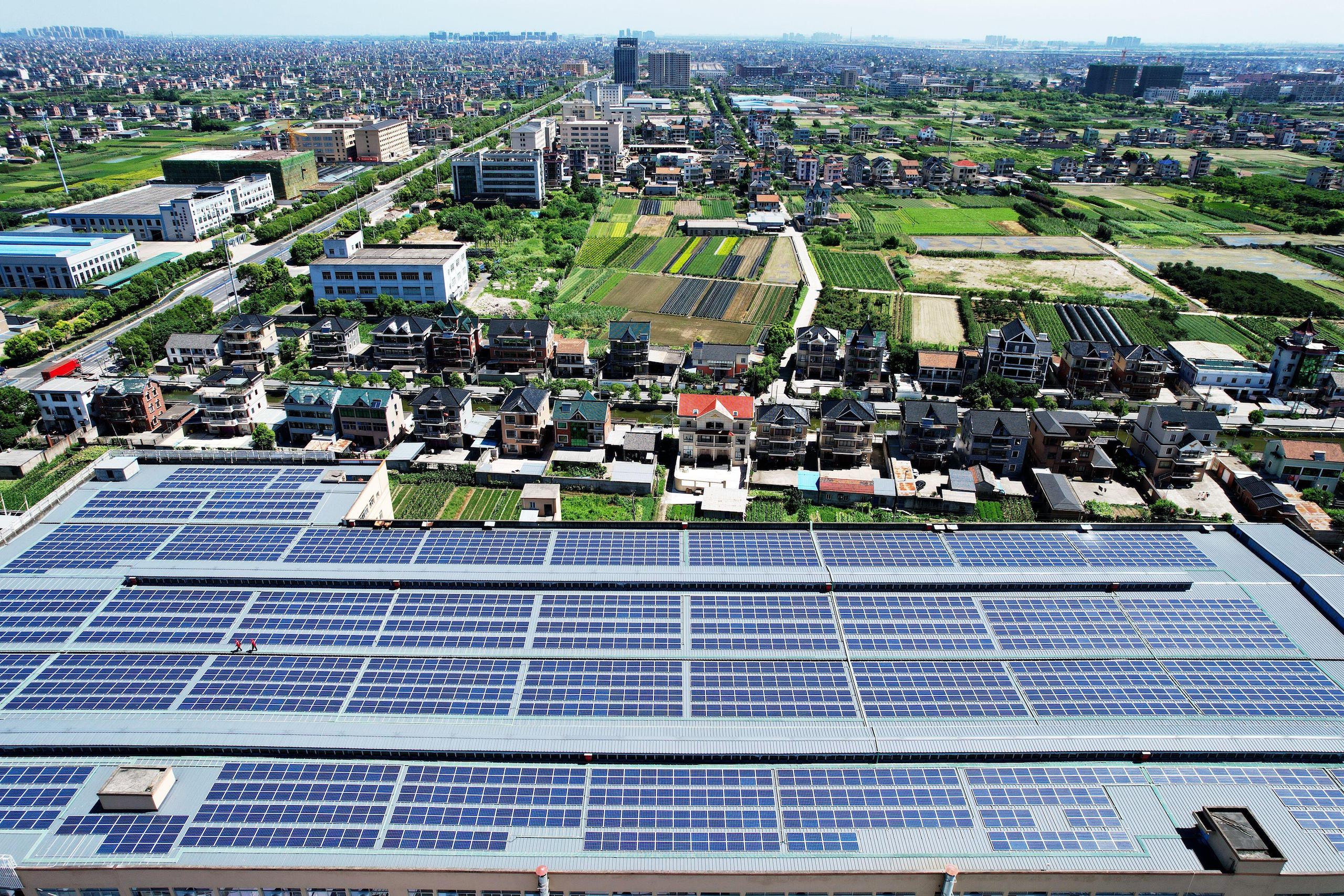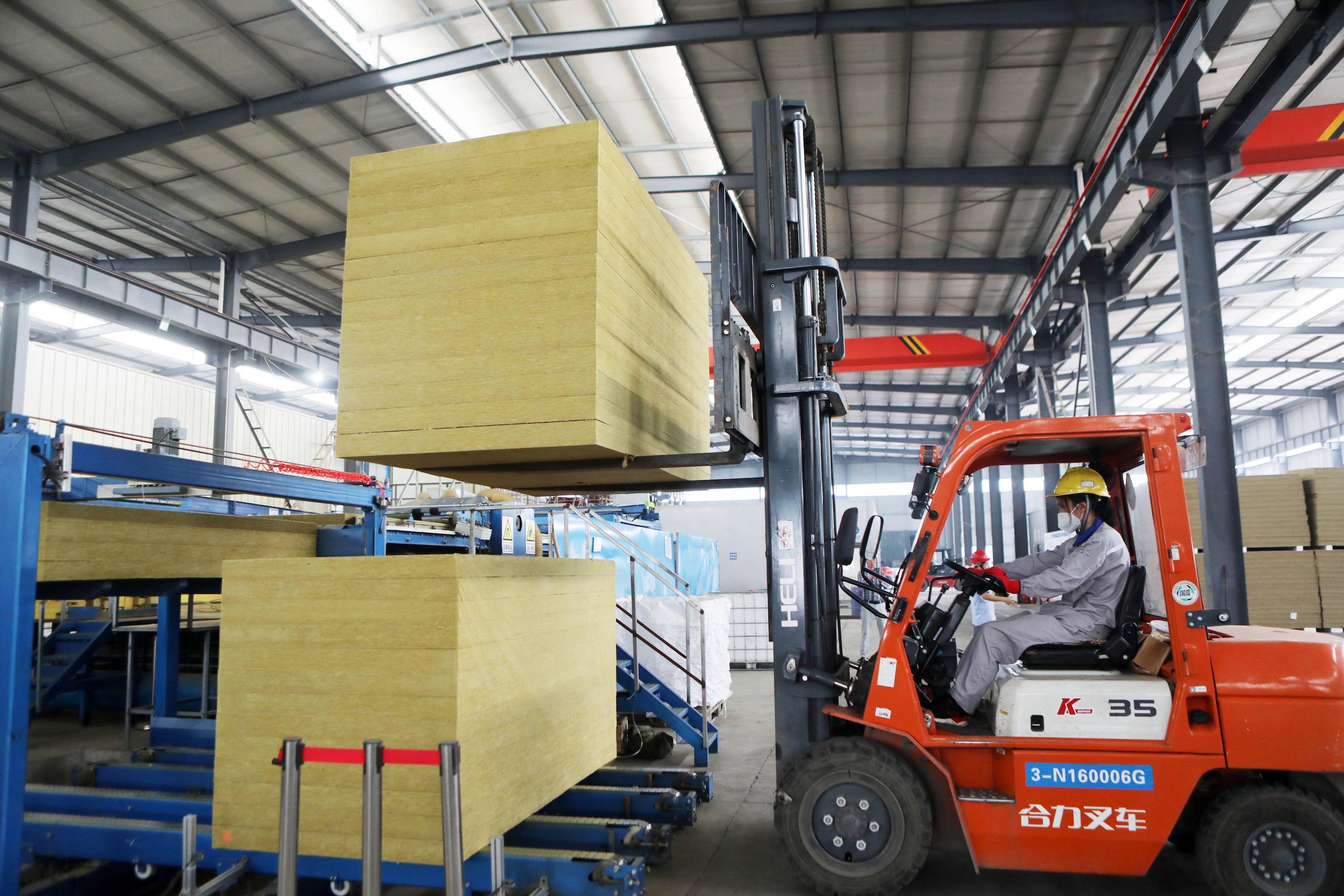“We can’t be doing ‘large-scale demolition and construction’ in the name of urban regeneration,” Ni Hong, China’s housing minister, told reporters at this year’s Two Sessions meetings. An era is coming to an end.
Since the 1980s, excavators, cranes and scaffolding have been Chinese cities’ most conspicuous sights. And, particularly in the first two decades of this century, with the property economy booming, almost every city in China experienced the land requisition, demolitions, compensation and reconstruction that accompanied development. In 2009, a contributor to Guangzhou Daily even nominated the Chinese for demolition (拆, chāi) – so widely visible on building exteriors – as the character of the year.
In China, the property industry has relied heavily on a debt-driven approach. During times of economic prosperity, property companies have often borrowed from banks to fuel their expansion. They use the loans to acquire land from local governments, which make it available by demolishing old buildings and changing the land use in and around cities. Then, the companies pre-sell the flats before they have finished building them. The funds obtained from these pre-sales are then reinvested in acquiring more land.
While this debt-driven model enabled companies to achieve rapid growth and generate substantial profits in the short run, it also exposed them to mounting debts sometimes impossible to settle when the repayment period arrived.
The days of large-scale demolition and construction are now in the past. Since 2021’s full implementation of the “Three red lines” policy, which restricted financing for heavily indebted property firms, property development in China has flipped from aggressive expansion to rapid contraction. And there have been no signs of that contraction reversing, even since the policy was loosened in the second half of 2022. Repercussions have also been felt in the cement, steel and related high-carbon industries.
The construction and buildings industry, led by property development, is responsible for 42% of China’s carbon emissions, taking into account the operational stages of buildings, as well as their construction. Rapid changes taking place within it have profound implications for the nation’s overall carbon emissions. What are the opportunities and challenges facing the industry as it undergoes transformation in line with the “dual carbon” goals, of peaking emissions before 2030 and reaching carbon neutrality by 2060?
Property, steel and cement slowdown
The “Three red lines“ policy for Chinese property firms came into full effect at the beginning of 2021. It set limits for such firms in terms of asset to liability ratio, net debt, and cash to short-term borrowing ratio to determine whether they can continue raising funds, and if so, to what level. A property firm in breach of all three red lines cannot raise funds to increase its interest-bearing debt.
This has limited the refinancing ability of many Chinese property firms operating on a high-debt, high-turnover model, and the sector has seen unprecedented debt distress since the second half of 2021. The resulting upsurge in half-finished buildings and mortgage defaults has also shattered people’s decades-long faith in constantly rising house prices. The grand march of the property sector has come to a halt.
With the market rapidly changing, the central government has also been abandoning its earlier model of urban development. In 2021, a circular from the Ministry of Housing and Urban-Rural Development expressly demanded an end to large-scale demolition and construction works in the name of urban regeneration. The ministry called instead for more existing buildings to be kept in use. It encouraged cities to transition from a development model of expansion by constructing new buildings to operation by managing existing ones.
The drawing to a close of the era of large-scale demolition and construction ushers in new conditions for the production of building materials, and their associated carbon emissions. For two consecutive years now, production of crude steel has declined in China, after an all-time high of just over 1 billion tons in 2020.
The drop is down to falling demand downstream, Luo Tiejun, vice-chairman of the China Iron and Steel Association, told the Economic Daily. In its article, the Daily also cited a report by the China Metallurgical Industry Planning and Research Institute that projects a further small decline in steel demand in 2023, to about 910 million tons, also linked to falling demand from the construction industry.
The steel industry accounts for around 15% of China’s total carbon emissions. Last year, the “Guidance on promoting high-quality development of the steel industry”, jointly issued by two government ministries, postponed the target date for peak carbon in the steel sector from 2025 to 2030. However, an analysis by thinktank the Institute for Energy Economics and Financial Analysis (IEEFA) suggests that carbon emissions from China’s steel sector may in fact have peaked already, given the long-term decline in steel demand and the ongoing decarbonisation of steel production.
Shen Xinyi, a researcher at thinktank the Centre for Research on Energy and Clean Air, holds a similar view: “The property sector accounts for 40% of China’s steel consumption. Although China is moving forward with large-scale infrastructure projects and manufacturing is showing signs of recovery, increased steel demand from these two sectors is not enough to offset falling demand associated with contraction on the property side.”
The Chinese cement sector has reached a plateauNatural Resources Defense Council
The same is true for the cement industry, which accounts for about 9% of the country’s total carbon emissions. National Bureau of Statistics data show that after reaching a five-year high of 2.39 billion tons in 2020, national cement production dropped 11% over the next two years, to 2.13 billion tons.
According to analysis by New York-based environmental group Natural Resources Defense Council: “The development of the Chinese cement sector has reached a plateau stage, in which there is little projected increase in production or consumption.”
Cement and steel production causes emissions, but more comes from buildings once they are operational, mainly from people’s day-to-day energy use. Lin Borong, associate dean at Tsinghua University’s school of architecture, told China City News in 2021: “In terms of full life-cycle, the operational phase accounts for around 70–90% of carbon emissions, while production of building materials accounts for 10–30%, and construction and demolition about 1% each.”
Distributed solar PV ushers in policy opportunities
Reducing carbon emissions in the operational phase can be done either by increasing the share of renewable energy in a building’s energy supply or by reducing its energy consumption.
The construction sector can to a certain degree increase renewable energy self-sufficiency and improve the composition of energy use, by, for example, fitting buildings with distributed solar PV. However, current proposals for this are not large-scale enough to significantly dent building emissions. In a plan for green construction, issued in March 2022 as part of the 14th Five Year Plan (FYP), the housing ministry targeted 50 gigawatts (GW) of cumulative new installed capacity for solar PV in buildings,across the duration of the FYP period (2021–2025). For comparison, China’s total new installed capacity for solar PV in 2022 was 87.41 GW.
Also, in 2022, the 14th FYP’s “Renewable energy development plan”, jointly issued by nine government agencies, proposed improving rooftop coverage of distributed solar PV. This was to be done by putting solar panels – conditions permitting – on the roofs of government buildings, transportation hubs, schools, hospitals, industrial parks and related facilities, under a model that would see self-generation for self-use, with surplus power sent to the grid. The plan requires more than half of new industrial parks and large public buildings to be fitted with distributed PV, though it gives no direction on minimum installed capacity.
During the same period, according to the development plan, power substitution measures will also be introduced, actively driving the use of electricity in place of gas and oil, and promoting the electrification of cooking, domestic hot water, heating and other forms of energy use within buildings. By 2025, electricity consumption as a proportion of overall energy use in buildings is to exceed 55%.
Although the installation of distributed solar PV can to some degree increase the share of renewables for energy use within buildings, changing buildings’ energy supply to renewables also concerns the transformation of China’s overall energy generation and supply structures. So it would be unrealistic to expect distributed solar PV installation to bring about significant decarbonisation of buildings’ energy use in the short term.
Even the housing ministry’s green construction plan, with its focus on peaking then lowering emissions, targets only a replacement rate of 8% for renewable energy in urban buildings by 2025, just two percentage points higher than the 6% target for the end of the 13th FYP period (2016–20).
Reducing energy consumption in buildings
Given that increasing the share of renewable energy supplied to buildings requires transforming China’s overall energy system, the more practical pathway for the construction sector is to bring down energy consumption within buildings. China is currently working both to raise energy consumption standards for new buildings and to retrofit existing buildings for energy efficiency.
In 2021, the housing ministry issued a document stipulating energy saving rates for new residential and public buildings in different regions of China. New residential buildings in the colder northern regions of China must, on average, run on 75% less energy than a building of the same size insulated to 1980s levels. The saving must be 65% in other climate zones, and 72% for public buildings.
So for example, if a 100-square-metre house in north-east China in the 1980s would have needed 40 kilowatt hours (kWh) per square metre for heating each month, a new-build with the same floor area must today get by on 10 kWh per square metre.
Wei Qingpeng, an associate professor at Tsinghua University’s School of Architecture, told China Dialogue that, compared with countries at similar latitudes, energy-efficiency requirements for new housing in China are now relatively advanced, being higher than in the US and on a par with Europe. Wei caveats, however, that average energy-saving rates tend to be 10–20% lower in practice, given that developers often underbid to win a project then cannot afford to meet the full design requirements during construction. Even taking this into account, though, China is now a leading country in the management and application of new-build energy efficiency, Wei says.
Insulating older buildings
At the same time as raising energy-efficiency standards for new housing, the housing ministry is also driving energy-efficiency improvements of older buildings, within the wider context of “urban regeneration”.
That term entered mainstream use in China in 2020, when the recommendations of the 14th Five Year Plan included measures for implementing urban regeneration by “boosting the renovation of old neighbourhoods and community development”.
At the end of 2021, the housing ministry, the National Development and Reform Commission and the Ministry of Finance issued a joint circular on “Further clarifying the requirements for renovation of old urban neighbourhoods”. The document highlighted energy-efficiency renovations for buildings in northern China as a priority.
In 2022, the housing ministry’s green construction plan, under the 14th FYP, proposed the completion of energy-efficiency renovations across more than 350 million square metres by 2025. More than 100 million of those square metres would be residential buildings, while 250 million would be public buildings.
The emphasis on renovating public buildings reflects the prevalence of multi-household residential buildings in China. In contrast to Europe and the US, where detached houses are common, the vast majority of urban housing in China consists of apartments, and it can prove tricky to coordinate multiple occupants in a residential block for purposes of retrofitting insulation. Wei says the key is to win the public’s support and ensure that they benefit. “Retrofitting residential buildings with insulation is now something that municipal housing and development bureaus throughout the country are pushing,” he adds.
It is easier to renovate public buildings than residential buildings, because of the relatively unitary nature of the stakeholders. But as Wei Qingpeng points out, property owners still bear the main cost of the work – even allowing for government subsidies and incentives – and this limits their enthusiasm for renovation. To resolve these problems, market mechanisms are needed, Wei adds.
The challenges of popularising heat pumps
Aside from improving insulation, another way of reducing energy consumption is to lower the amount of energy needed for indoor equipment, particularly heating installations. According to a report published by the International Energy Agency and Tsinghua University, space and water heating for buildings account for 52% of overall energy consumption within China’s construction and buildings sector.
In terms of reduced energy consumption for heating, there has been much interest in recent years in heat pumps.
A typical home heat pump transports about four times as much heat from outside as it consumes in electrical energy, so heat pumps are far more efficient for heating than gas boilers and electric heaters. With natural gas and electricity prices skyrocketing last year, the European Commission declared its intention to double the rate of heat pump installation. Most EU countries have now introduced financial incentives to achieve this goal, and in 2022 heat pump sales were up by nearly 40% in Europe.
China is the world’s largest producer and exporter of heat pumps, accounting for nearly 40% of production, according to the International Energy Agency. Although heat pump sales were up by 11% globally last year, domestic sales in China virtually came to a standstill.
The main hindrance is expense, with a report from Soochow Securities clocking the upfront cost for purchasing and installing a heat pump at around 70,000–80,000 yuan (US$10,000–11,400). As a result, heat pump sales tend to be policy-driven.
From 2013–2017, in the context of the “coal-to-electricity” shift for home heating in northern China, and the introduction of a series of policy incentives, China saw a boom in heat pump sales, with a compound annual growth rate reaching 32%. With the waning of the coal-to-electricity policy, the market for heat pumps subsequently stagnated. In 2021, the dual-carbon policy brought another surge of activity in the market for heat pumps, with sales rising by 13%.
In the Jiangsu-Zhejiang belt, the price of gas can be over 4 yuan… this is when heat pumps’ economic advantage becomes obviousWei Qingpeng, Tsinghua University School of Architecture
That growth was only sustained for a year, however, due to overall economic conditions. In an op-ed last October under the headline “Don’t let heat pumps ‘cool’ off”, the Economic Daily proposed “offering reasonable financial subsidies for installation of heat pump products along with a policy for preferential electricity pricing. This would allow for stronger support by means of electricity prices, particularly in areas where wind and solar power resources are ample, where electricity is underused, and where district heating cannot provide the necessary coverage.”
In Wei Qingpeng’s opinion, it will be difficult to realise the economic advantage of heat pumps without marketising the prices for coal and gas.
“In Beijing, for example, gas for heating is priced at only about 2.8 yuan [US$0.40 per cubic metre]”, says Wei. “The economic advantage of heat pumps is not particularly apparent with the gas price kept so low, so it’s harder in Beijing to spread the idea of replacing gas boilers with heat pumps. In the Jiangsu-Zhejiang belt, on the other hand, the price of gas can be over 4 yuan, up to 5 yuan even, and this is when heat pumps’ economic advantage becomes obvious.”
Wei explains that in some areas people can get a preferential rate on their electricity bill if they heat their homes with electric boilers. “This makes no sense when highly energy-efficient heat pumps are available.”





